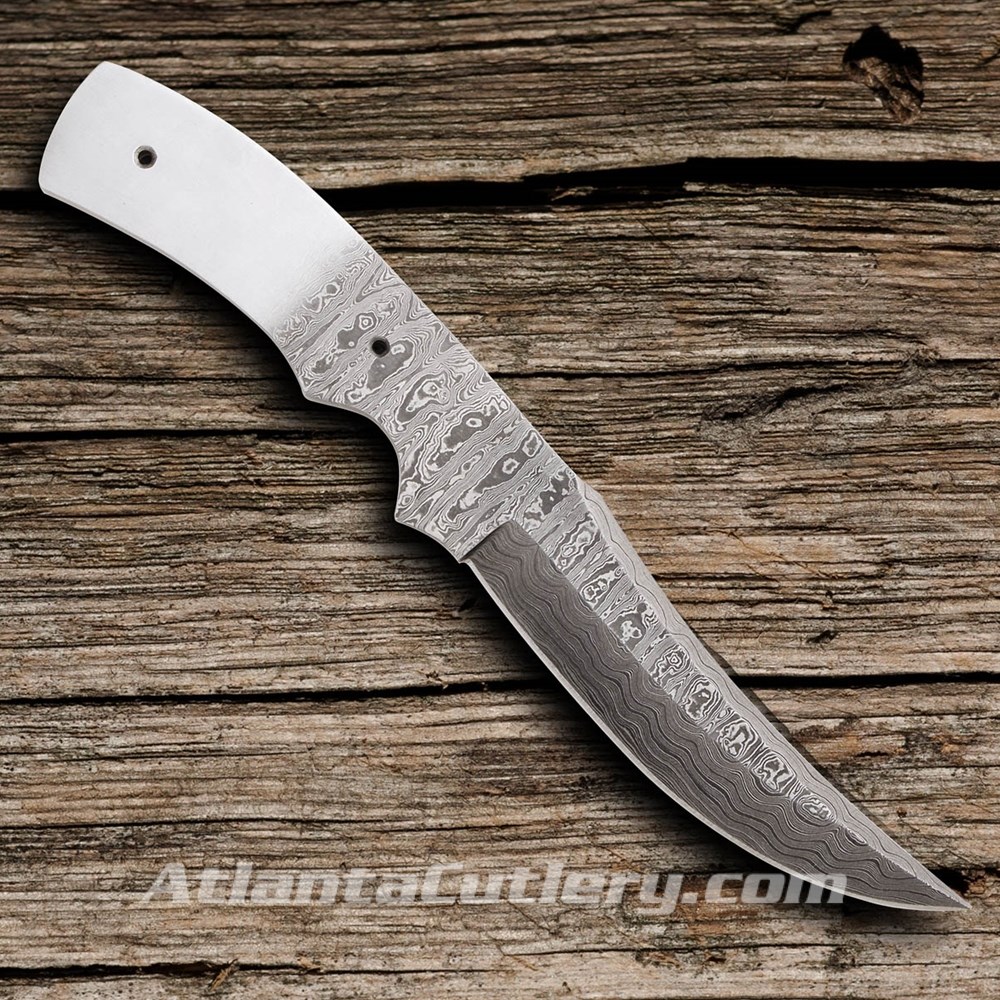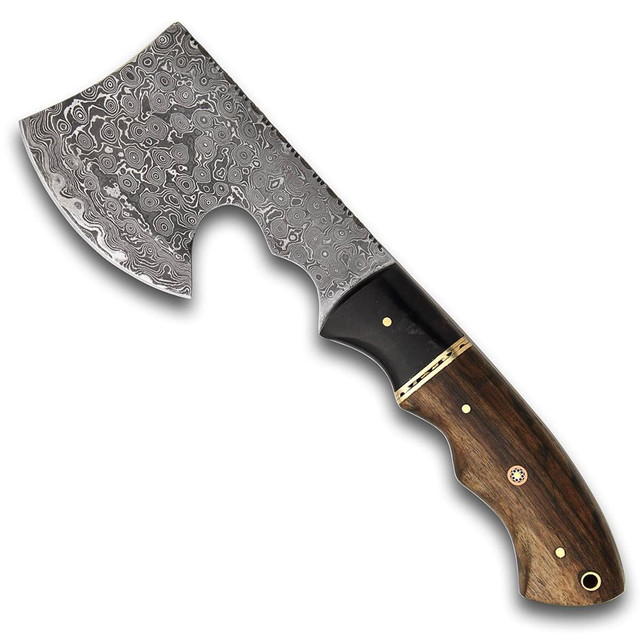What are Damascus Blades?
Damascus Steel, also known as "Pattern Welded" Steel for its more modern counterpart, consists of two types of steel (or layers of iron and steel) that are alternately layered in the forging process. Usually, one material is harder and one is softer and easier to sharpen. Ancient blademakers discovered that combining the metals created blades that could be honed to a razor's edge, but were tougher and more resistant to bending or breaking than any single steel known at the time. This was a critical necessity for the longer blades used for daggers and swords. Of course, we mainly prize Damascus Steel today for its beautiful random patterns that are reminiscent of flowing water and are a testament to its hand-crafted nature.
Where did the term "Damascus" come from?
Since it originated in the Middle East and India, the term "Damascus Steel" may have been coined because so many weapons made with it were produced in the city of Damascus, Syria, one of the oldest and largest armament making centers of the ancient world. Blades were forged from ingots of Wootz steel that were imported from India through Arab traders starting around the 3rd Century and continuing into the 17th Century where it finally became obsolete with the advent of better, cheaper metals and advancements in firearms. Of course, the term could also be a simple play on the word damask which is a way to describe similar patterns in fabrics.
The Vikings also made pattern-welded blades, but they were highly polished to help prevent rust in the highly corrosive humid and sometimes salty environs the Norsemen lived and fought in. Some of the Sagas alluded to a sword blade's subtle visual attributes that could only be explained by the use of patterned steel (it wasn't until fairly recently that this fact was discovered and confirmed through chemical analysis). Because of the high polish, the patterns were almost impossible to see except at certain angles to strong light (as an aside, damascus steel must be acid-etched to make the patterns visible).
Legends persist about Damascus steel today, like the ability to cut through a rifle barrel or to cut a piece of cloth falling across the blade. Although certain types of modern steel can match and in some instances outperform these swords, chemical reactions in the production process made the blades extraordinary for their time and are just as stunningly beautiful today. For the blade collector who wishes for something unique with a true warrior's pedigree.


 Gift Cards
Gift Cards











